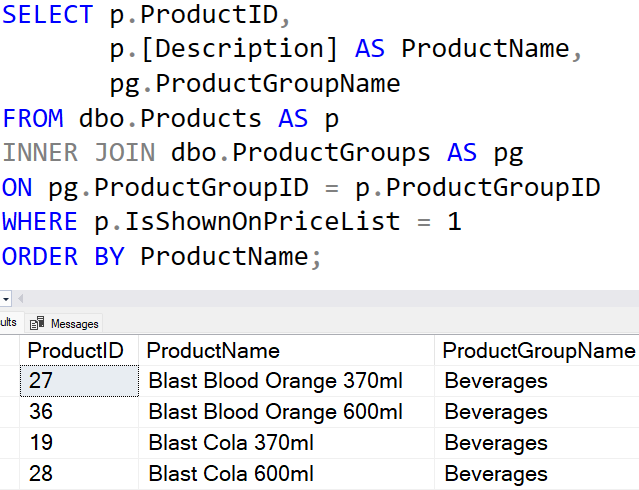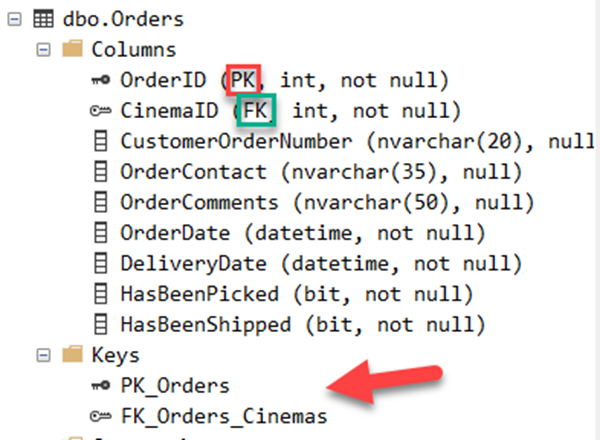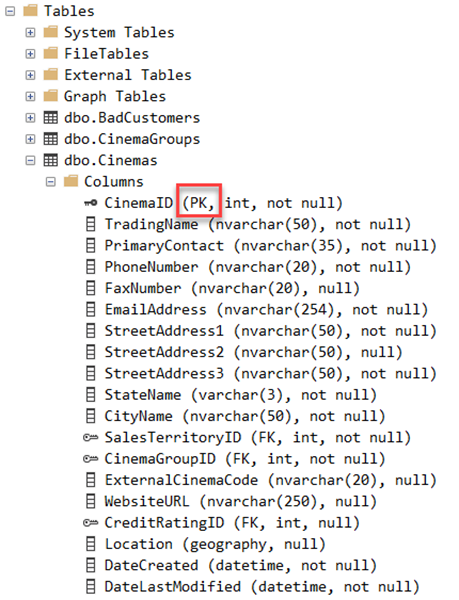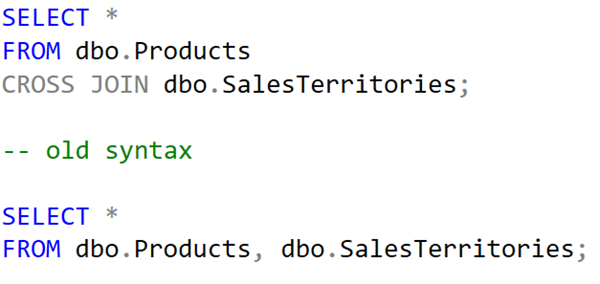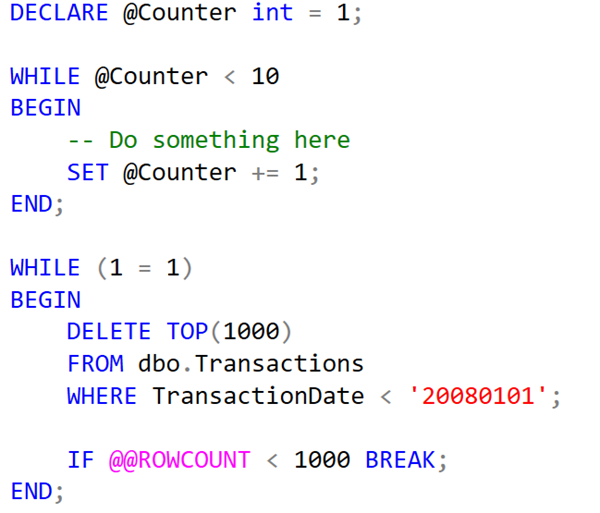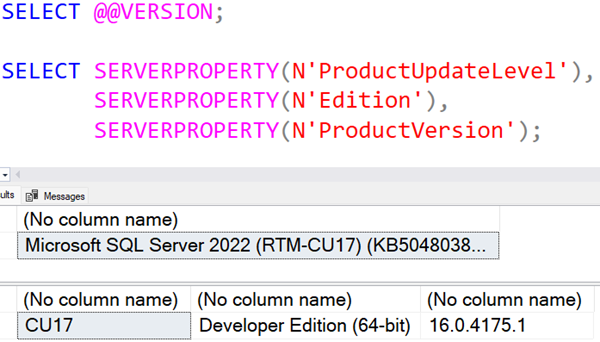
SQL Interview: 15: Permission to create a temporary table
This is a post in the SQL Interview series. These aren’t trick or gotcha questions, they’re just questions designed to scope out a candidate’s knowledge around SQL Server and Azure SQL Database.
Section: Security Level: Medium
Question:
User1 has CONNECT permission to a SQL Server and is a member of the db_datawriter role in the database Database1.
User2 has CONNECT permission to the same SQL Server and is a member of the db_datareader role in the database Database1.
2025-01-31

